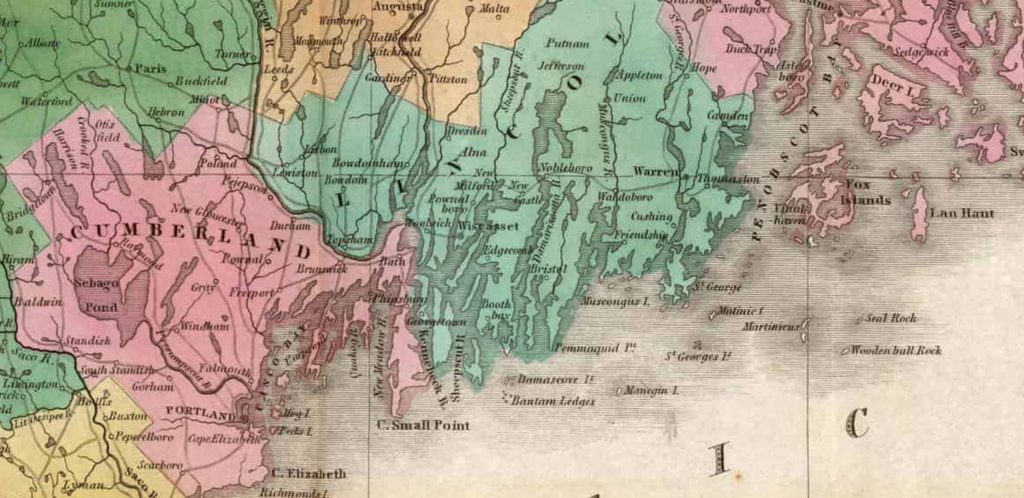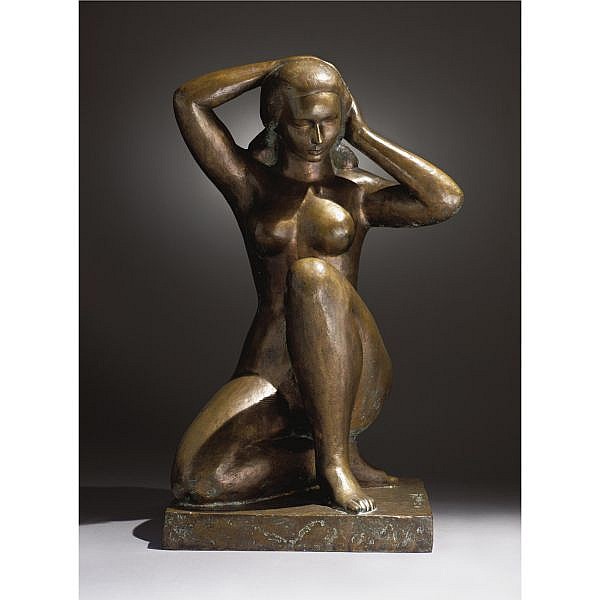A bit of history about our beloved homestead. While European contact with native peoples of the region occurred as early as 1497, European settlement of Maine began in 1607 in the form of an ill-fated colony across the Kennebec River from Georgetown. The Popham colony was settled a few months after Jamestown, and fared somewhat better than the Virginia colony (which perhaps isn’t saying much seeing as up to 80 or 90% of those settlers died and/or ate each other— so it goes). Popham, relatively unshielded from the brutality of the coastal weather, was really cold, and, sadly for them, outside of the Doordash service territory at the time.

Indigenous Peoples
The following century and a half saw a number of wars between mostly English settlers and local Indian tribes including the Abenaki (“people of the dawn”– i.e. the eastern coast). The Wabanaki Confederacy was a loose alliance of (nonetheless-occasionally-warring) Algonquian tribes in the coasts of what are now Maine and Nova Scotia, including the Mi’kmaq, the Maliseet, the Penosbscot, and the Passamaquoddy.
Robinhood is the name for this particular spot on Georgetown Island– and was also the anglicized name of Mowhotiwomet, an Abenaki Indian chief in the 17th century, who maintained good relations with The Hwytes [sic] and “traded” land to English settlers. The fall of Quebec in 1759 changed the Franco-Anglo balance of power in North America forevermore, and Maine, its coastal indigenous populations scattered through war and decimated by disease, became settled largely by Anglo colonists, who developed industries around logging, mills, and fishing. The region has remained relatively remote and sparsely populated for most of its history.
Immigration
William Zorach, born Zorach Gorfinkel in Lithuania in 1889, immigrated to the United States with his family after the Tsar Nicholas II expropriated all of their stuff for being Jews. The young man would go on to become a famous artist in the New World and Nicholas would go on to be brutally executed in 1918 along with the rest of his family, so, joke’s on him, we guess? William Zorach derives the name William because he had a teacher who was like, “hey, ya weird foreigner, I can’t pronounce that, I’m gonna call you Willie.” Being an immigrant is wild.
The family also changed ‘Gorfinkel’ to ‘Finkelstein’ because they thought Gorfinkel was too weird and that the Ashkenazi-Germanic “Finkelstein” was more American. Zorach, in turn, is thought to come from Zerach (זָרַח), the son of Tamar and Judah (Genesis, a.k.a. בְּרֵאשִׁית, 38:30).


Arriving in Maine
William Zorach (1889-1966) and Marguerite Zorach (née Thompson), the groom’s great-grandparents, purchased the Riggs House circa 1923. The progeny of the Riggs family, after which Riggs Cove a.k.a. the Sasanoa River is named, built the house around 1810, and it was added onto over the years, Weasley-like. The Zorachs had been New York-based and were invited to Maine at the behest of French-American sculptor Gaston Lachaise (1882-1935), who also established a domicile on the island around this time.


In those days, Georgetown was a pretty remote place. Not only was there no Netflix, nor interstate highways, there weren’t even bridges to get there. The island was first electrified in the 1940’s, and the postwar era saw a gradual transition from rural backwater to the current vacationy environment. Rowing a dinghy from Bath to Georgetown carried a slightly different cachet from driving up from a multimillion dollar crib in New York City in a Mercedes-Benz GLS 450.


The Next Generation
The elder Zorachs children, Dahlov and Tessim (don’t let the names fool you, they’re neither Talmudic nor historic– just completely made up), also hung out in Maine. Dahlov married Adolph Ipcar and they settled in the farmhouse up the hill from the Riggs House, while Tessim made his way to the big city of New York, whence his parents had come. Tessim would go on to meet Margaret “Peggy” Harris, from the Philadelphia area, and the two would settle in New York and have three children, including Tim and Jonathan (Nat’s dad). The third Zorach brother shall remain unmentioned for various reasons, but suffice it to say, he wasn’t invited to the wedding.
The original Zorachs spent time in both Maine and New York during this era, ultimately retiring to Maine. We do not begrudge them for not holding onto their house in Brooklyn into the current real estate bubble, though if they had, we could all retire now and live off the returns of Bitcoin mining, or whatever.
Dahlov Ipcar
Dahlov notably inherited the artistic genes (which seem to have skipped over the XY chromosomes altogether– not even kidding), and became a highly regarded artist in her own right, while her husband Adolph tended the farm and was actively involved in a number of environmental causes, including opposition to the ill-fated Maine Yankee nuclear power plant in Wiscasset, which is currently undergoing a lengthy decommissioning process while Adolph’s great-nephew Nat works on decarbonizing the power grid so we don’t need as many gigantic power plants in the first place (sorry, Walter, it’s actually a real thing). We hope he would be proud.
Georgetown, notably, had a higher year-round population in the 18th century than it does today, although the summer population roughly triples with the New York and East Coast Megalopolitan bourgeoisie escaping the charms intramural for prettiness rural.
Present Generation
The Zorach and Ipcar families continue to remain good friends, with Jenna (b. 1987) joining Nat’s wedding party and the two of them continually concocting harebrained schemes for adventures, like the Great American Road Trip (2010), or going to a wedding in a castle in Ireland (2018).